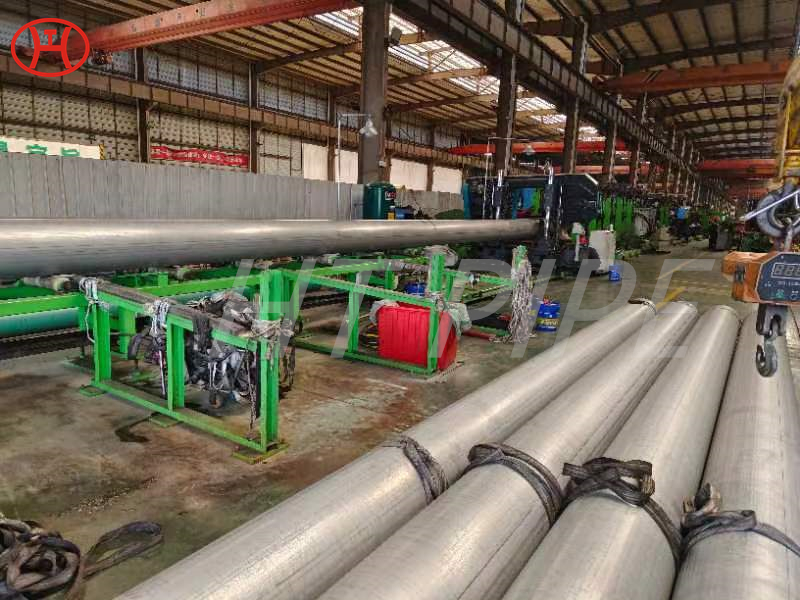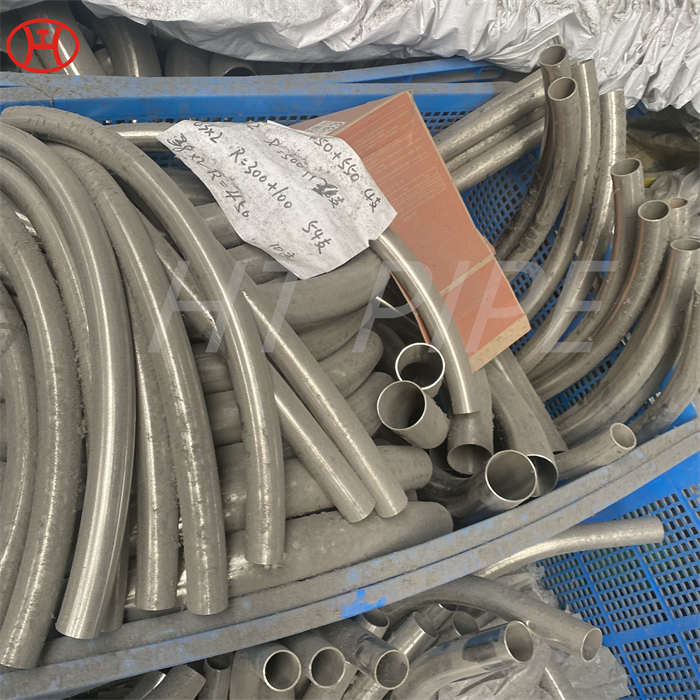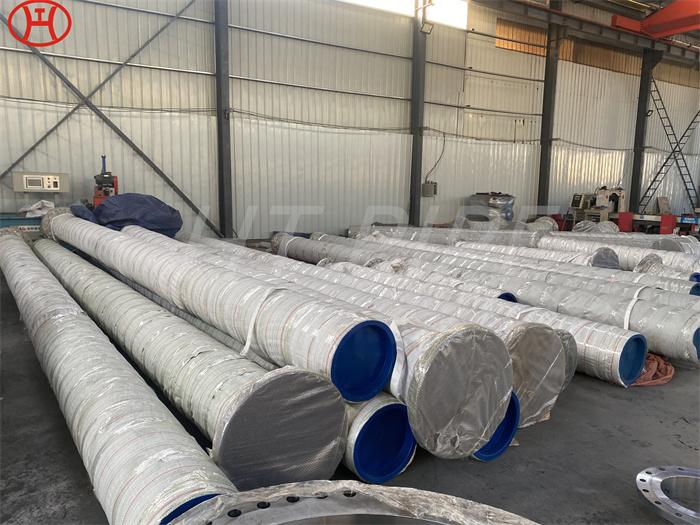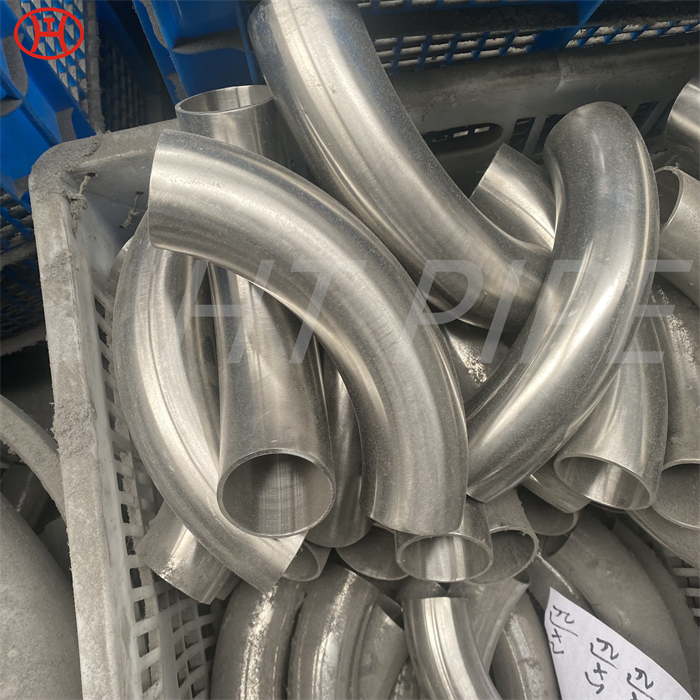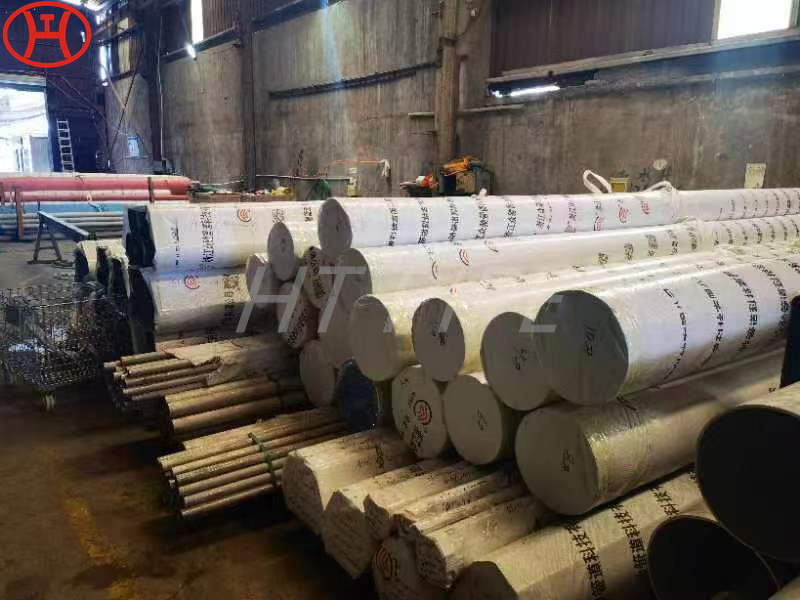Hastelloy B2 pipe bend withstand sulphuric acid acetic acid formic acid and phosphoric acid
This nickel alloy provides excellent resistance to hydrochloric acid at all concentrations and temperatures. In additions, Hastelloy B2 pipe bend has excellent resistance to pitting, stress corrosion cracking and to knife-line and heat-affected zone attack.
Hastelloy B2 pipe bends from this grade are widely used in chemical processing, vacuum furnaces, and mechanical components in reducing mediums. We are the leading Hastelloy B2 suppliers in the country. We aim to supply the best Hastelloy B2 pipe bends to all our clients at reasonable rates. Welded Hastelloy B2 resists grain boundary carbide precipitation in the weld heat-affected zone. To ensure uniform corrosion resistance, the heat-affected weld zones have reduced carbide and other phase precipitation. Pitting and stress corrosion cracking resistance are excellent in Alloy B2. Hastelloy 8-2 is a nickel-base wrought alloy with excellent resistance to hydrochloric acid at all concentrations and temperatures. Therefore, it has great resistance to stress-corrosion cracking and pitting. It also withstands hydrogen chloride, sulfuric, acetic and phosphoric acids.



















































































































